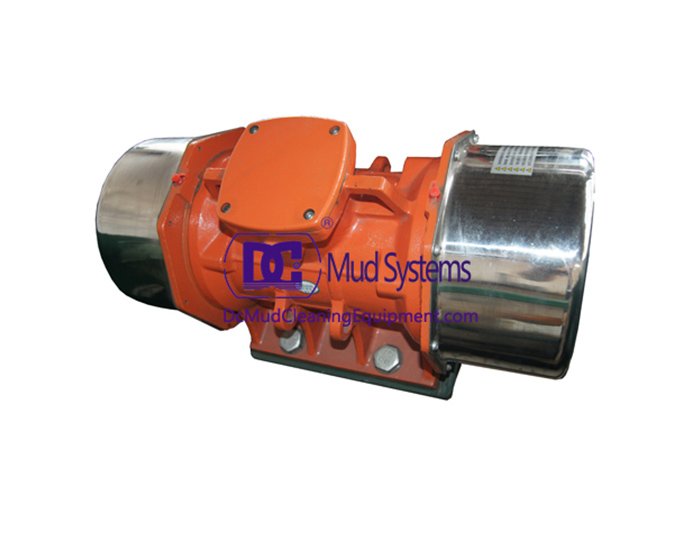Understanding the Motor Shaker A Deep Dive into Vibration Testing
Vibration testing plays a critical role in ensuring the reliability and safety of various mechanical components and systems. One of the essential tools employed in this process is the motor shaker. This equipment is designed to simulate the vibrational stresses that components experience during their operational lifetime, providing manufacturers and engineers with valuable insight into potential weaknesses and performance issues.
What is a Motor Shaker?
A motor shaker, often referred to as a vibration shaker table or shaker system, is a mechanical device that generates controlled vibrations. It is commonly used in laboratories and manufacturing facilities to test a variety of products, including automotive parts, aerospace components, electronics, and consumer goods. The primary function of a motor shaker is to replicate real-world conditions and accelerate the failure processes of materials or systems, thus enabling engineers to conduct reliability assessments and quality control evaluations.
The Working Principle
At its core, a motor shaker operates on the principle of converting electrical energy into mechanical vibrations. The system typically consists of a vibration platform, an electromagnetic or electrodynamic shaker, and a control unit. The shaker’s motor generates oscillations, which are then transmitted to the test specimen mounted on the platform. By adjusting the frequency and amplitude of these vibrations, operators can simulate different operating conditions, including random vibrations, sinusoidal waves, or transient shocks.
For instance, if a component is designed for use in an automotive application, the motor shaker can replicate the vibrations encountered during driving, including those caused by uneven terrain and engine operation
. This allows engineers to observe how the component responds and identify any signs of fatigue or failure that might arise due to prolonged exposure to such conditions.
Applications of Motor Shakers
motor shaker
Motor shakers are versatile tools used across various industries. In the aerospace sector, they are essential for testing the durability of components subjected to extreme vibration during takeoff and landing. The automotive industry employs vibration testing to assess the integrity of parts like suspensions, brackets, and electronic systems to ensure that they can withstand the rigors of daily use.
In consumer electronics, motor shakers help validate the design and manufacturing processes by testing the robustness of smartphones, laptops, and appliances against impacts and vibrations that may occur during transport or regular handling. Each application underscores the importance of understanding how products will perform under stress, ultimately leading to enhancements in durability, safety, and consumer satisfaction.
Advantages of Utilizing Motor Shakers
One of the key advantages of using motor shakers for vibration testing is their ability to accelerate the testing process. Traditional reliability testing can take a substantial amount of time, as it often involves running products through their entire lifecycle. Motor shakers, by contrast, can significantly reduce testing durations by applying heightened stress levels, allowing for quicker identification of potential failures.
Moreover, vibration testing with motor shakers enhances the representational accuracy of testing outcomes. The ability to manipulate vibration profiles enables engineers to create scenarios that closely mimic actual usage situations, thus leading to more relevant results. These insights are invaluable for ensuring that products not only meet regulatory specifications but also perform optimally in real-world environments.
Conclusion
As industries continue to evolve and the demand for more resilient and dependable products rises, the significance of motor shakers in vibration testing cannot be overstated. By facilitating thorough testing and evaluation, these devices help engineers and manufacturers enhance product design, increase safety, and reduce the likelihood of failures in the field. As technology advances, motor shaker systems are likely to become even more sophisticated, continuing to play a vital role in product development across diverse sectors. Through the lens of vibration testing, we gain a deeper appreciation for the unseen forces that challenge our everyday products, driving innovation and excellence in engineering practices.
 Linear Motion Shale Shaker In Drilling Rig
Linear Motion Shale Shaker In Drilling Rig  Oilfield Mud Cleaner
Oilfield Mud Cleaner  Drilling Fluid Decanter Centrifuge
Drilling Fluid Decanter Centrifuge  Drilling Mud Desander
Drilling Mud Desander  Hydrocyclone Desilter
Hydrocyclone Desilter  Centrifugal Pump/Centrifugal Mud Pump
Centrifugal Pump/Centrifugal Mud Pump  Shear Pump
Shear Pump  Jet Mud Mixer
Jet Mud Mixer  Horizontal Mud Agitator
Horizontal Mud Agitator  Constant Pressure Drilling Fluid Mud Gas Separator
Constant Pressure Drilling Fluid Mud Gas Separator  Mud Gun
Mud Gun  Mud Tank
Mud Tank  Solids Control System Vacuum Degasser
Solids Control System Vacuum Degasser  Flare Ignition Device
Flare Ignition Device  Diesel Tank
Diesel Tank  Submersible Slurry Pump
Submersible Slurry Pump 






































